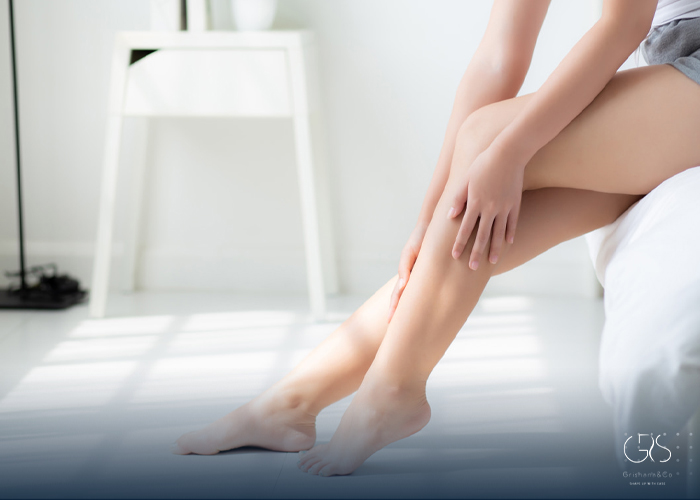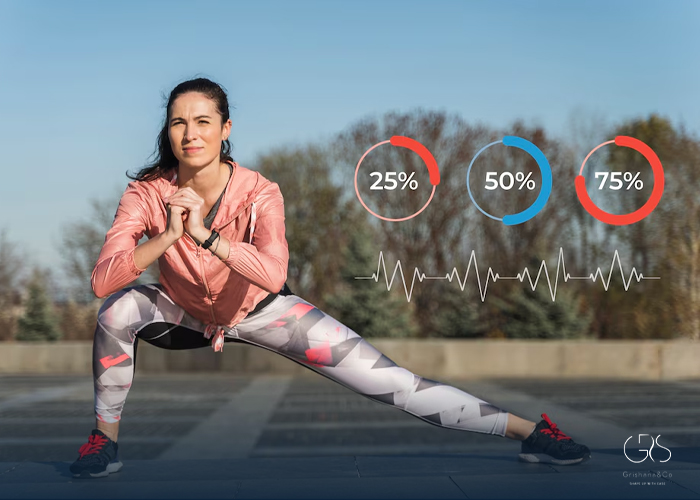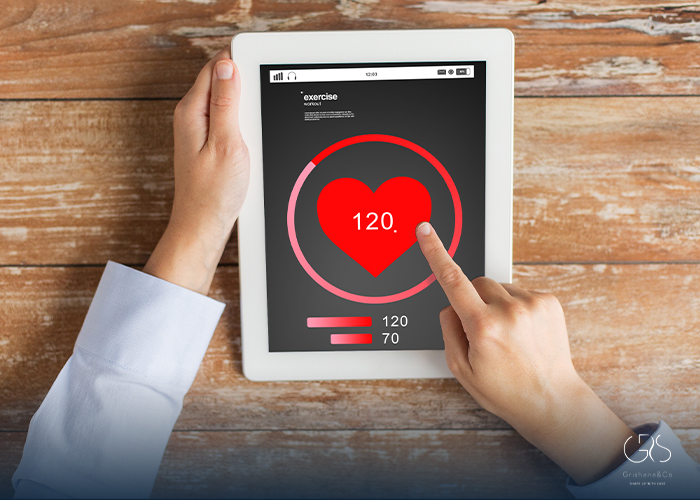Attention-deficit/hyperactivity disorder (ADHD) is a neurodevelopmental disorder commonly associated with boys and men, but it can affect individuals of any gender. However, symptoms of ADHD in females often go unrecognized or misdiagnosed due to differences in how the disorder presents itself. Understanding the specific symptoms of ADHD in women and girls is crucial for timely diagnosis and appropriate treatment.
Here are 10 common symptoms of ADHD in women and girls:
- Inattention: Women and girls with ADHD may have difficulty paying attention to details, organizing tasks, or sustaining focus on activities or conversations.
- Hyperactivity: While hyperactivity is more commonly seen in boys with ADHD, girls may exhibit internal signs of restlessness, such as feeling restless or constantly moving their feet or hands.

- Impulsivity: Impulsive behaviors, like interrupting others, making hasty decisions, or acting without considering the consequences, are prevalent in females with ADHD.
- Forgetfulness: Women and girls with ADHD may frequently forget appointments, deadlines, or daily tasks, leading to disorganization and challenges in time management.
- Emotional dysregulation: Mood swings, emotional sensitivity, or difficulty controlling emotions are common in females with ADHD, contributing to interpersonal challenges and emotional instability.

- Procrastination: Chronic procrastination, avoidance of tasks, or difficulty initiating and completing projects are often observed in women and girls with ADHD.
- Difficulty with transitions: Managing transitions between tasks, activities, or environments can be particularly challenging for females with ADHD, leading to feelings of overwhelm or anxiety.
- Low self-esteem: Negative self-perception, self-doubt, and feelings of underachievement are common in women and girls with ADHD, as they may struggle to meet societal expectations or academic/work demands.
- Relationship difficulties: Impulsivity, forgetfulness, emotional dysregulation, and difficulties in communication can strain relationships with family, friends, or colleagues for females with ADHD.

- Underachievement: Despite having high intelligence and potential, women and girls with ADHD may struggle academically, professionally, or personally due to the impact of ADHD symptoms on daily functioning.
It is essential to note that ADHD symptoms can vary widely among individuals, regardless of gender, and the presence of these symptoms does not automatically mean a person has ADHD. A comprehensive assessment by a qualified healthcare professional is necessary for an accurate diagnosis.
According to the Centers for Disease Control and Prevention (CDC), ADHD is estimated to affect approximately 4.4% of adults and 9.4% of children in the United States. However, due to underdiagnosis and misdiagnosis in females, the actual prevalence may be higher than reported.
Conclusion:
Recognizing and understanding the symptoms of ADHD in women and girls is crucial for ensuring accurate diagnosis and appropriate support. While ADHD is commonly associated with males, females often present with different and less-recognized symptoms, leading to underdiagnosis and misdiagnosis. By shedding light on the diverse ways in which ADHD manifests in women and girls, we can improve early detection, access to interventions, and overall outcomes. It is essential to raise awareness, educate healthcare professionals, and provide support systems that cater to the unique needs and challenges faced by females with ADHD. By doing so, we can help these individuals thrive and reach their full potential.
Sources
- Centers for Disease Control and Prevention (CDC), Facts about ADHD
- National Alliance on Mental Illness (NAMI), Attention Deficit Hyperactivity Disorder (ADHD)
- WebMD, ADHD in Women













